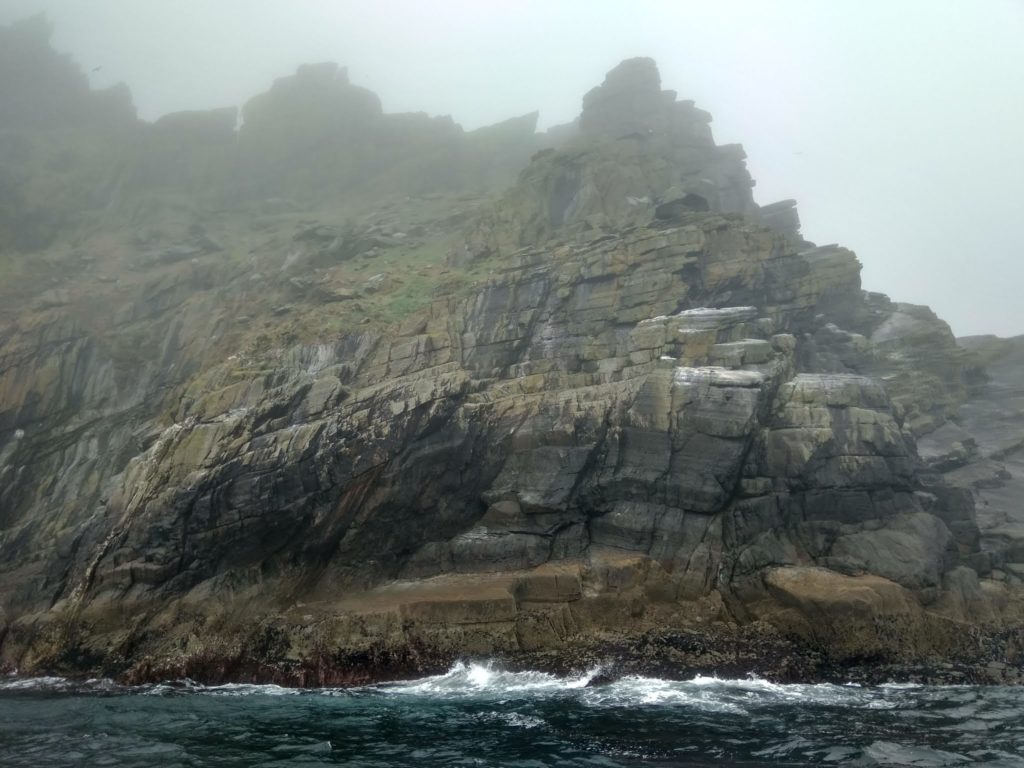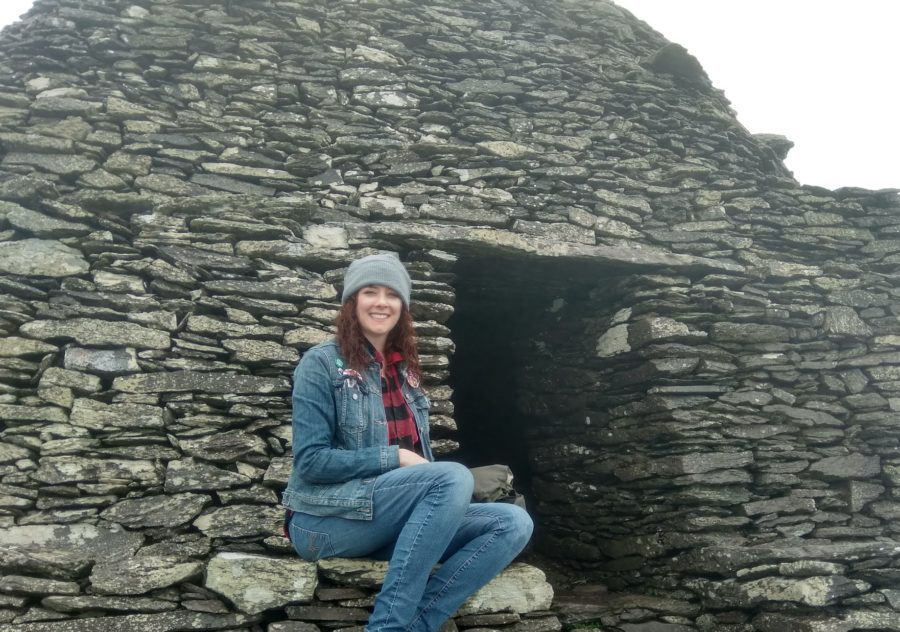In 2018, I had the great privilege of visiting Skellig Michael off the coast of Co. Kerry, Ireland. Skellig Micheal is a rocky outpost in the wild Atlantic Ocean renowned for its medieval monastery that has survived since the Dark Ages. It is also protected as a national bird sanctuary, being as it is covered with avian species of all variety.
Little is known about the monks who once inhabited this place, but their inhabitation appears to be consistent with ascetic practices typical of early Christianity. The monks deliberately chose the site in order to eschew the comforts of civilization. Life on this slippery, cold, isolated craggy island made day-to-day existence precarious at best (skeletal analysis of the monks interred in the lonely monastery cemetery attests to this).
Monks would have absorbed into the ecosystem, preying on seabirds and fishes, tending to small gardens, and collecting rainwater. Respite was found only in beehive huts constructed out of the island’s copious rocks, returning the practitioners to a cavernous, primordial existence.

As an animal studies scholar, I wonder whether this eschewing of civilization for precarious living on the skellig was an intentional troubling of the human/nonhuman boundary. In the medieval era of Europe, social hierarchies were still very much under construction, and human supremacy was not yet solidified. It would not be until Norman colonization several hundred years later that the blurred boundary between humans and other animals would cement in Ireland. Indeed, the Normans actively sought to rein in the wayward Irish Church with the installation of various new laws to regulate social behaviour.
As Western society transitioned from animist paganism to anthropocentric Christianity, the Skellig Michael outpost (which survived into the 1300s) offers a fascinating glimpse into the social construction of humanity and the permeability of such a project.
Read the full article now published with the Irish Journal of Sociology here.

